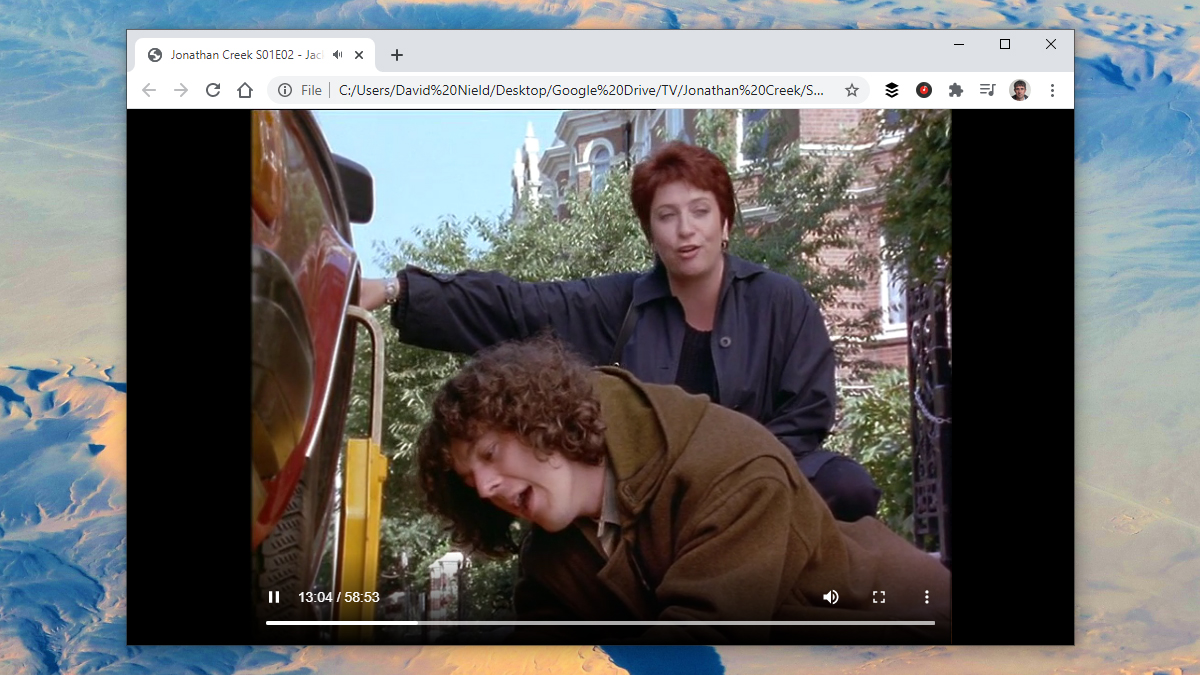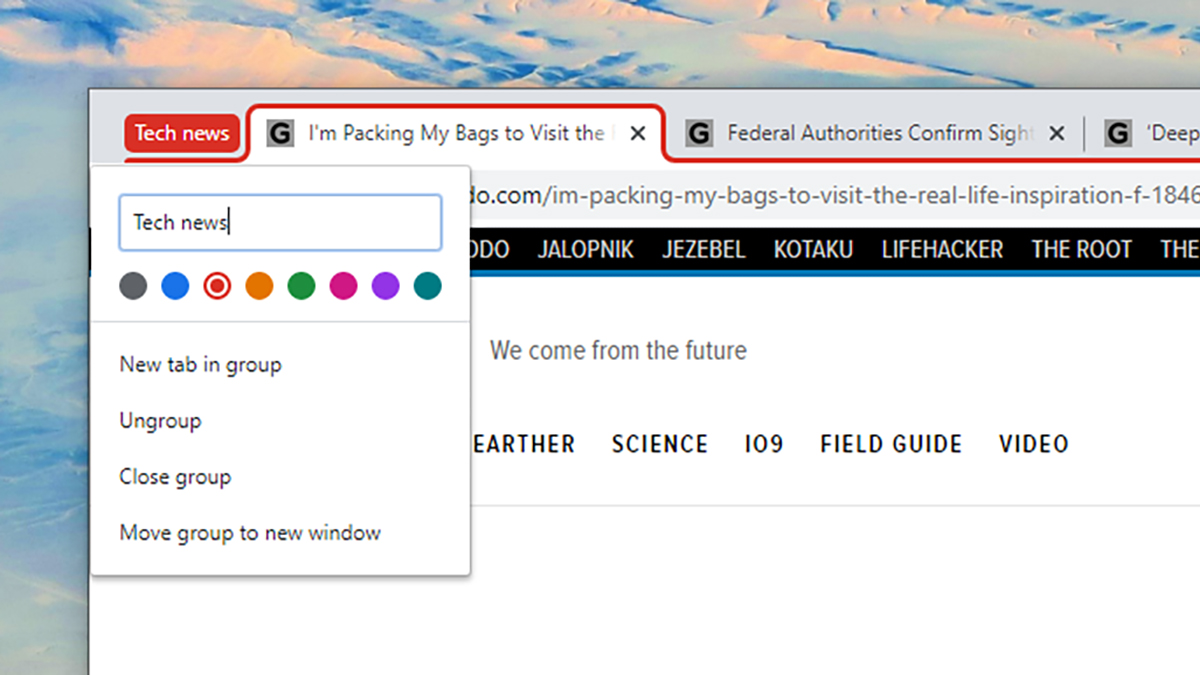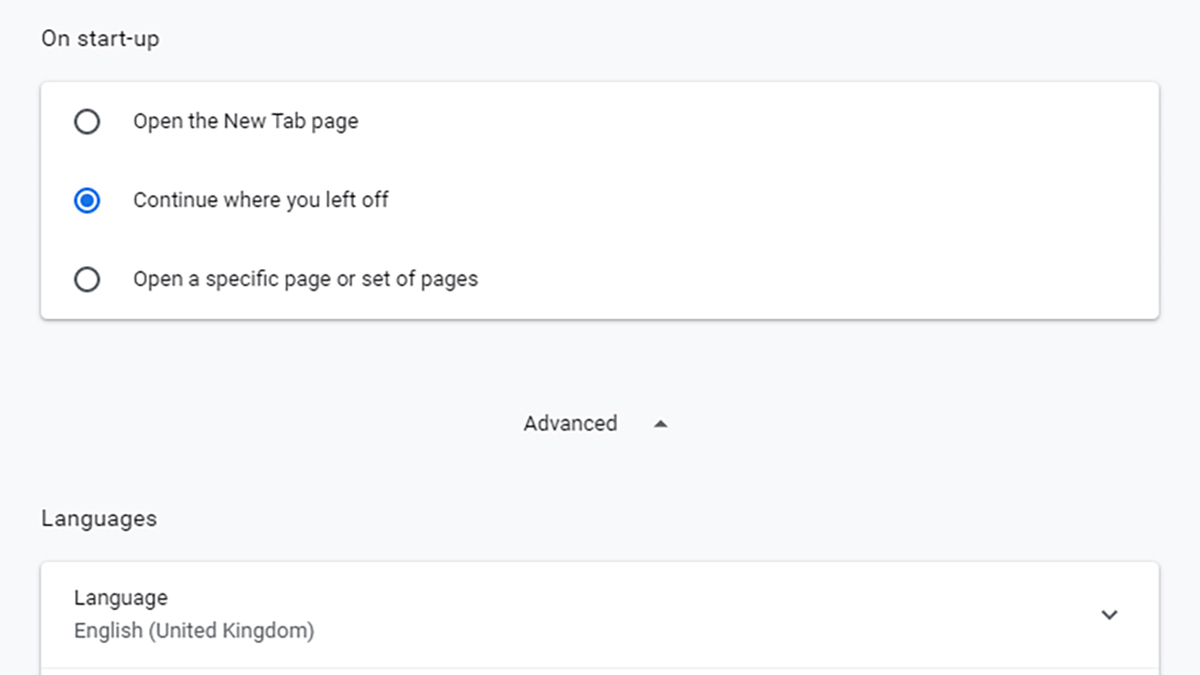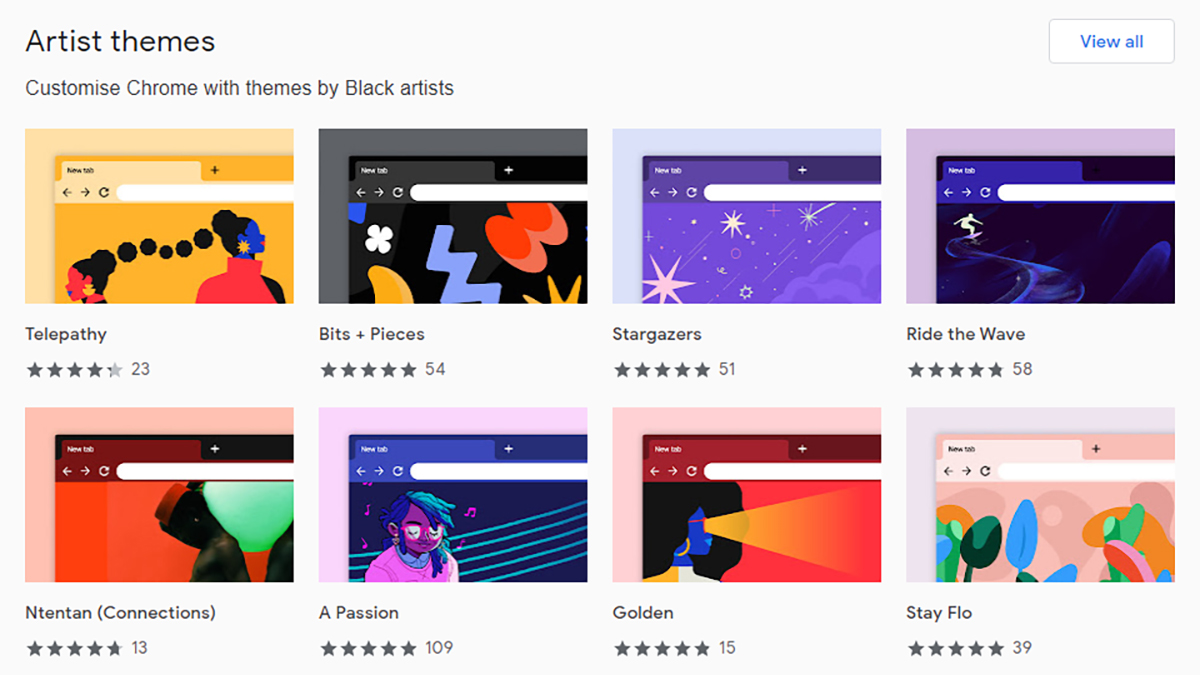Even if you’ve been using Google Chrome since it first rolled out back in 2008, the browser is capable of some tricks you may have not discovered yet. Google adds new features on a regular basis, while older features get lost and forgotten about if you’re not using them every day. Here are 12 things you might not have realised you can do in Chrome.
1. Switch Google Chrome to guest mode
If someone needs to borrow your computer temporarily, you probably don’t want them browsing through your bookmarks and checking out all the sites that you’re logged into, which is where guest mode comes in handy. Click your Google account avatar in the top right corner, then choose Guest to make the switch. It’s not at all difficult to get out of guest mode, but it does add a basic layer of protection and privacy for your own Chrome profile.
2. Play audio and video files

Chrome can do more than just open up websites. If you drag an audio file or a video file into a new tab then you’ll be able to play it right inside your browser, as long as it’s in a reasonably popular and well-known format. It’s unlikely that Chrome is going to replace your default media player anytime soon, because the playback controls and features you get are fairly basic, but it can help when you want to quickly open up a file on your system.
3. Cast your screen or desktop
If you open the main Google Chrome menu via the three dots up in the top right corner of the interface, you’ll see a Cast option, which you can use to beam individual browser tabs or even your entire desktop over to a Chromecast device on your current network. On some streaming sites, including Netflix and YouTube, the video content will get streamed rather than the tab or desktop. It works well for showing off presentations, photos, and so on.
4. Group tabs together

One of the features most recently added to Google Chrome is tab grouping, which lets you organise your tabs into collections with labels and colours. Right-click on the header of any open tab and choose Add tab to new group to get started. Open the same right-click menu and you’re able to add new tabs to a group, take tabs out of a group, and so on. Click and drag the label of a tab group to move it; click once to show or hide the group.
5. Send tabs to other devices
If there’s a webpage you want to look at on your phone or another device, right-click on the URL in the address bar at the top of the Chrome interface, then choose Send to your devices. In this case, “your devices” are any devices where you’ve installed Chrome, signed in with your Google account, and turned on sync. Pick one of the options from the list that appears, and the URL in question is instantly sent across to the other device.
6. Start up Google Chrome where you left off

You don’t have to keep Chrome open to avoid losing all your tabs, because the browser can open with the same windows and tabs that it had when it closed, if you’d like it to. Open the browser menu, choose Settings and then On start-up, and pick Continue where you left off. Note too that if Chrome quits unexpectedly (your computer crashes, for example), it will also try and recover all of the webpages you were last looking at.
[related_content first=”1780185″]
7. Open up the task manager
You perhaps haven’t ever realised that Chrome has its own task manager, which can come in handy for diagnosing browser problems and monitoring the performance of Chrome. To access the task manager, open Chrome’s menu and then pick More tools and Task manager (or just hit Shift+Esc). You can see how much memory, CPU time and internet bandwidth is being used by each of your open tabs, as well as any background processes.
8. Customise the New Tab shortcuts

You probably spend a lot of time on the New Tab page, so it makes sense to set it up in a way that works for you. By default, the eight shortcuts shown on the standard New Tab page point to websites you visit frequently, but you can click Add shortcut if you want something specific on there. You can also click the three dots to the side of any shortcut then Remove to delete it, as well as click and drag the shortcuts into a different order.
9. Get fast results from the omnibox
The omnibox up at the top of the Chrome interface is more powerful than you might think — try running calculations or conversions in the box and you’ll see the results before you’ve even hit Enter. You can also just type “weather” to see a quick forecast pop up instantly, no websites or web searches required. You can also get brief word definitions right in the omnibox too, if you type in “define” followed by the word you want to look up.
10. Change the theme of Google Chrome

The standard Google Chrome look is no doubt fine for most of us, but you can tweak some of the aesthetics of the browser if you feel like a change. Open the browser menu and pick Settings, Appearance, and Theme to browse the Chrome Web Store for new themes. You’ll find all kinds of colour themes and artwork here, from artists and from users and from Google itself, and you can always go back to the original look again with a click.
11. Enable reader mode
Chrome has a distraction-free reader mode similar to Instapaper or Pocket, but it’s hidden behind a flag: Open up chrome://flags, find the Enable Reader Mode option, and turn it on. Once you’ve relaunched the browser, if you open the Chrome menu you’ll see there’s a new Enter reader mode option that pops up when you’re on a compatible page. Click on it to strip down web articles to just the most important text blocks and images.
12. Look for harmful malware

Chrome comes with its very own malware scanner that you can use if you’re experiencing sluggish browser speeds, seeing a lot of pop-up ads, or noticing anything else suspicious. If you open up the Chrome browser, then click on Settings and navigate to the Advanced section, you can choose Reset and clean up then Clean up computer to look for anything weird. After the scan has been completed, Chrome will report back on its findings.
This article has been updated since it was first published.
